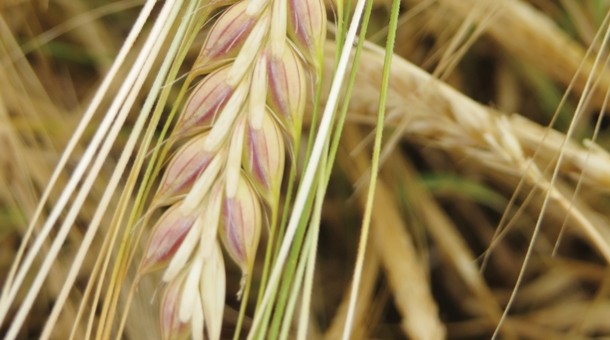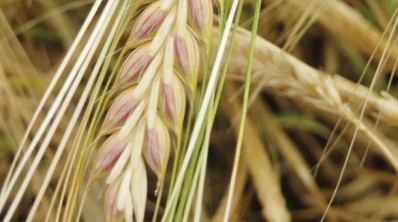Beer
The magic of Maris Otter: 'It's 5% of all malting barley, but it's in 10 of the last 16 Champion beers of Britain'

Pete Brown finds out why Maris Otter is still one of the best Maris Otter is 50.
That sentence may not mean much to you. After all, it sounds as cryptic as one of those coded announcements to the resistance on the evening before the D-Day landings.
But this seeming mystery is actually the story of a very simple and quite remarkable beery success.
Once, there were varieties of brewing barley that were identified and bred for their strengths in key characteristics: yield per acre, resistance to disease, or size of the grain kernels, which determines how much fermentable sugar extract the plant would give to a brewer.
As breeding science progressed, strong varieties of barley were crossed with each other to produce strains that were better across the board. Today, it’s big business, with new varieties bursting on to the market and enjoying a lifespan of six to eight years before being replaced by something the breeders insist is even better — but one variety has stood the test of time.
The first commercial harvest of Maris Otter was in 1965. It proved to have the low nitrogen levels ale brewers prefer and was very popular in the 1970s. But its yields are somewhat lower than other varieties, and it eventually faded from the market.
Barley is, of course, malted before it goes into beer. The malting process determines the flavour of the beer, with pale malts providing the fermentable sugar that gets turned to alcohol as well as crisp, biscuit flavours, and coloured malts, roasted and caramelised, being added for extra flavours, from red berry fruit and toasty notes through to chocolate and coffee.
Such is the skill and importance of the maltster in the process, there’s been a long-held belief that so long as the yield and health of the barley was good, the flavour didn’t matter — that would all come from the malting process.
This has now been debunked by people who have long suspected it was not true. In 1992, grain merchants H Banham and Robin Appel clubbed together to buy the rights to Maris Otter and revive it. While it had been replaced commercially by varieties with better yields, a few diehard ale brewers had doggedly stuck with it.
The new owners set out to explore why. One test involved making biscuits out of different barley varieties. Those made with Maris Otter tasted better than the rest. The variety of malt was important to flavour after all.
Barley varieties cross-breed and can get impurities. A tiny, handpicked selection of pure Maris Otter grains were nurtured and cultivated, and eventually planted in a field at a secret location in Norfolk. From one four-acre plot, the ‘mother field’, Maris Otter was repropagated.
The concept of terroir is familiar in wine and, as I’ve written previously, now understood in hop cultivation. It’s just as important for barley. The mix of soil type and weather is crucial, and north Norfolk farmers have long been proud of their perfect conditions for growing malting barley. Even at the height of summer, the temperatures are cooled by wandering North Sea mists.
This allows the barley a longer growing season before it is ‘burned out’ by the sun, and has to be harvested before the grains lose their grip and fall from the ear. This is Maris Otter’s heartland.
Maris Otter accounts for about 5% of all malting barley grown in the UK. It’s still tiny, because of its lower yield. And yet, it’s the malting barley that has been used by 10 of the past 16 Champion Beers of Britain, including this year’s winner — Cwtch from Tiny Rebel.
A few weeks ago, Maris Otter celebrated its 50th birthday at a unique beer festival in Norwich. Fifty new beers using the barley, from fifty different brewers around the world, were on tap.
Brewers from Spain, Japan and the US were in the mix — small brewers who have heavy sacks of Maris Otter malted barley flown out to them at great expense, because they believe it makes a superior beer.
Having seen the grain harvest this summer, watched it being malted and brewed with, and then having sampled as wide a selection of the beers brewed with it as I could, I’m inclined to agree.







